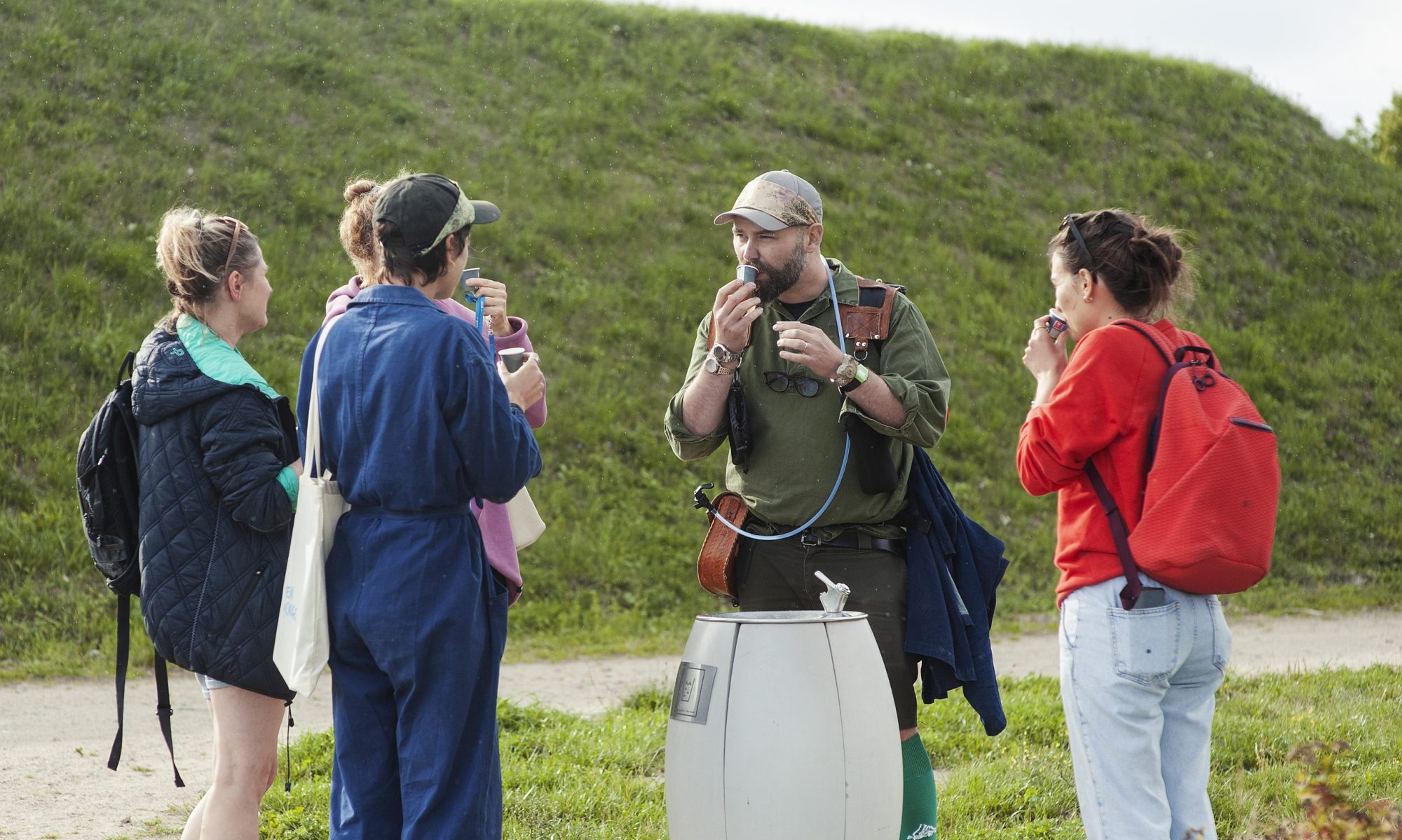Jussi Koitela send me two texts to ponder. “Self branding anarchist…” (In Finnish) looks at how self-employed political activists and creatives fit to the new-work ethos. The text attempts to update the critique of new-work. But other then looking at how social media serves the demands of new-work, the text fails in providing new insight on the matter. I think Tero Nauha’s old article “Pickpocketer or Politician” (In Finnish) is still more successful in building awareness. A recent text by Janne Saarakkala also covers issues well (In Finnish).
The “Self branding anarchist..” looks at the case of self proclaimed “anarchist on watch” Suvi Auvinen and analyses her status as a new-worker, primarily through her presence in social media. She is an outspoken anarchist and has used media to create awareness for projects she’s been involved with. Through this exposure she has gained nationwide recognition as an political intellectual, who can be consulted on any issue. The text argues that she is actually a tool for ideologies advocating self-employment and that she has made her political efforts vain by popularising them. The argument is that anarchistic practices cannot remain autonomous in corporate controlled social medias.
That argument is as silly as claiming that critical thinking could not manifest as text.
The critique is unfair to Auvinen and fails to see her as a precariat object conforming to the pressures of new-work conditions. She is an antagonist whose struggle for autonomy we are witnessing and learning from. I see her as an accelerationist and her relation to mainstream media as an effort to implode its exploitative nature. She already has broader audience than the old leftist People’s News magazine which published the critique.
I’m not her fan. I think her presence in social medias was irritating. She was fast to react to news but her responses were fuelled by feel-good-hype and her update pace was breathtaking. I do feel that her efforts in making anarchism know do more good than harm. I got to know her 2011 when I was visiting the Jokikatu squat (More on Jokikatu in the waybackmachine archive in Finnish) when there were plans to make Turku the “Subculture Capital of Europe 2011”.
The other text Koitela send me was “The Artist-in-Consultance: Welcome to the New Management“. The article by Elvia Wilk recaps how different artist-in-residency programs for corporations have been organized through the years. The text gives a short introduction to organisations like the late Artist Placement Group and tries to understand why big companies (like FB or Google) are keen in inviting artists to work with them. The reasoning is that through the artist’s body and by witnessing her/his struggle, the workers of the corporations get to experience freedom and can align themselves with creative culture (I have personal experience of this as a worker of the Kone Corporation approached me after I got a grant from the Kone Foundation. We exchanged some messages and it was fun).
Andrew Norman Wilson tells a completely different story about artistic practice in the corporate sphere.
Wilk text presents artists as particularly fitting workers to serve big businesses desire for innovation and their aim to revolutionize life through their designs. Wilks argues that artist&corporation collaborations a fact of life as artist cannot escape monetary economics. Instead of wasting energy to fight for the autonomy in arts, the text tries to set a new angle for corporate collaborations. The audience (and judge) of artistic practices that develop in partnerships with corporations, should be the ecological well being of the planet. The text also sets a tactical guideline for these collaborations: “The goal of the artist-in-consultance should not be to force the interests of business, art, and the planet to overlap, but to preserve their misalignment at all costs.”.
Edit: Made a song about my-new-work.

